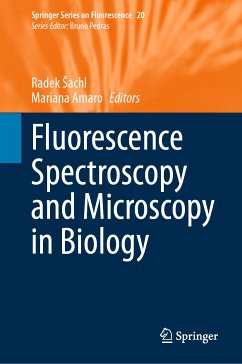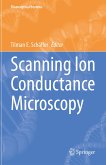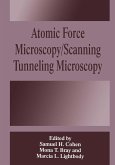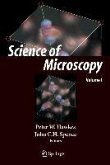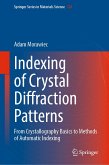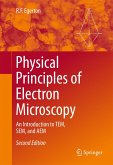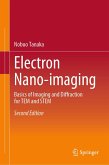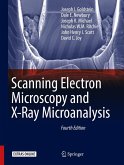This book provides the reader with an updated comprehensive view of the rapidly developing and fascinating field of fluorescence spectroscopy and microscopy. In recent years, fluorescence spectroscopy and microscopy have experienced rapid technological development, which has enabled the detection and monitoring of single molecules with high spatial and temporal resolution. Thanks to these developments, fluorescence has become an even more popular method in physical, biological and related fields. This book guides the reader through both basic and advanced fluorescence spectroscopy and microscopy approaches with a focus on their applications in membrane and protein biophysics. Each of the four parts: A - Fluorescence Spectroscopy, B - Fluorescence Microscopy, C - Applications of Fluorescence Spectroscopy and Microscopy to biological membranes and D - Applications of Fluorescence Spectroscopy to protein studies are written by experts within the field. The book is intended for both complete beginners who want to quickly orient themselves in the large number of existing fluorescent methods, as well as for advanced readers who are interested in particular methods and their proper use.
Chapter "Dynamics and Hydration of Proteins Viewed by Fluorescence Methods: Investigations for Protein Engineering and Synthetic Biology" is available open access under a Creative Commons Attribution 4.0 International License via link.springer.com.
Chapter "Dynamics and Hydration of Proteins Viewed by Fluorescence Methods: Investigations for Protein Engineering and Synthetic Biology" is available open access under a Creative Commons Attribution 4.0 International License via link.springer.com.
Dieser Download kann aus rechtlichen Gründen nur mit Rechnungsadresse in A, B, BG, CY, CZ, D, DK, EW, E, FIN, F, GR, HR, H, IRL, I, LT, L, LR, M, NL, PL, P, R, S, SLO, SK ausgeliefert werden.

